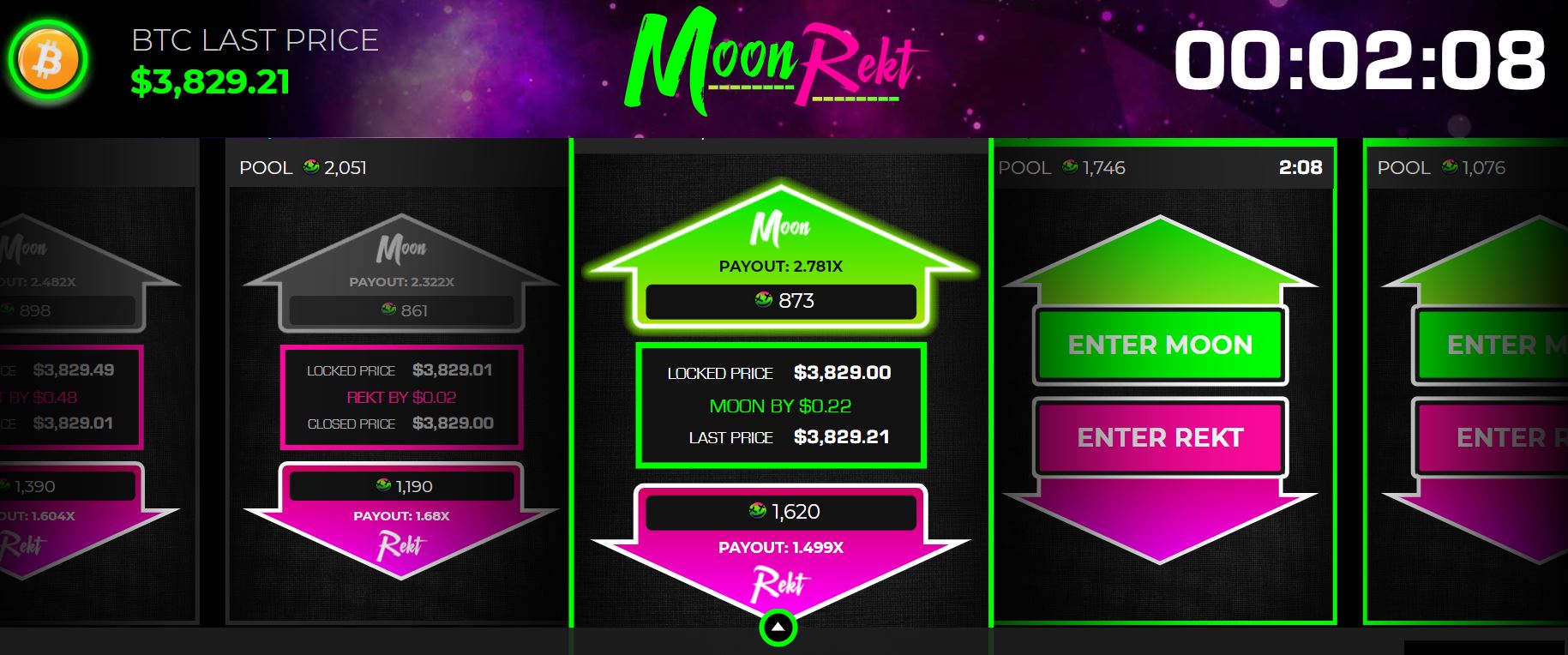Exchange Volumes May Be Fake, But Bitcoin’s Value Is Real

Michael J. Casey is the chairman of CoinDesk’s advisory board and a senior advisor for blockchain research at MIT’s Digital Currency Initiative.
The following article originally appeared in CoinDesk Weekly, a custom-curated newsletter delivered every Sunday exclusively to our subscribers.
The mainstream reaction to Bitwise’s recent report showing that 95 percent of total reported bitcoin trading is fake was, predictably, to see it as further proof of the lawlessness and scammy nature of the cryptocurrency world.
But just as important as that statistic were the ones that the asset manager used to describe trading activity on the 10 “real exchanges” hosting the 5 percent that is not made up of wash trades and other manipulations.
Within its presentation seeking approval from the Securities and Exchange Commission for a bitcoin-based exchange-traded fund (ETF), Bitwise included one slide with a screenshot from Coinbase Pro showing a mere 0.0003 percent bid/offer price spread and stated that it had to be “among the tightest quoted spread of any financial instrument in the world.”
This supports one the key arguments in favor of cryptocurrencies: that by cutting out the many financial intermediaries needed to execute trades in the traditional financial system, this technology achieves impressive efficiency and cost reduction for market participants.
More than merely a critique of the price manipulation rife across bitcoin markets, then, the Bitwise report is a demonstration of cryptocurrencies’ great potential.
Ironically, it also convincingly makes the point that to achieve that potential, there needs to be greater regulation of crypto trading.
Thin liquidity, yet high efficiency
The thin price spreads are especially remarkable when you consider that authentic bitcoin trading represents a drop in the ocean compared with those traditional markets where price spreads tend to be tight.
For example, daily turnover in the U.S. Treasurys market, considered one of the most price-efficient markets in the world, tends to range between $550 billion and $1 trillion, whereas Bitwise estimates worldwide daily authentic bitcoin trading to be just $273 million. Consider also that bitcoin exchanges are typically open to retail investors, whereas Treasurys are almost entirely traded by institutional investors moving very large amounts of money.
In traditional markets, size dictates liquidity, which in turn determines price efficiency. But this data shows that bitcoin is capable of highly efficient outcomes at a much lower scale.
All of those efficiency gains occur because bitcoin eliminates the fee-charging trusted intermediaries that carry out a variety of back-office execution and settlement processes within the legacy financial system. But here’s the catch: the Bitwise report shows that in order to enjoy those payoffs, traders must rely on trustworthy entities to carry out the front-end function of finding buyers and sellers.
Further, it would appear from Bitwise’s list of 10 real exchanges that, at least for now, those that willingly put themselves under the scrutiny of regulators are the ones earning that trust.
All those annoyingly cumbersome and costly know-your-customer procedures might actually be worth it. They provide the regulatory framework within which bitcoin’s other, back-office magic can safely occur.
It’s perhaps tempting to argue that this regulated exchange advantage will disappear when new decentralized solutions such as the model developed by Arwen allow traders to retain full custody of their coins and exchanges are left to perform solely the price-matching function. But while that will help protect investors from abuses that lead to losses such as the evaporation of $190 million at QuadrigaCX, it doesn’t solve for the core function that exchanges provide: price discovery.
For now, and perhaps forever, there’s no getting around the network effect advantages that centralized platforms like Coinbase Pro bring to the price discovery process. But if the exchange isn’t compelled by a regulator to refrain from manipulating prices, investors can’t be assured that it isn’t trading against it. In those cases, price discovery is an illusion.
Regulated price discovery
In this context, it’s noteworthy that the key selling point that the Intercontinental Exchange uses to promote its yet-to-be-launched bitcoin trading platform, Bakkt, is that it will give financial institutions the peace of mind of “federally regulated price discovery.” Only with the full backstop of federal oversight, Bakkt says, can large institutions be assured of reliable prices and thus maintain the fiduciary duty they owe their customers.
Coinbase and other exchanges that are competing with Bakkt for the potentially very large institutional market will, of course, disagree with this assessment. They’ll argue that their regulatory framework, founded on state-by-state money transmission licensing rules, will sufficiently protect investors. Perhaps Bitwise’s report will help them make that argument.
In any case, far from representing another damaging blow to bitcoin’s reputation in the public eye, Bitwise’s damning report on scammy exchanges should be viewed as a big boost to bitcoin’s bid for legitimacy in the wider world.
It shows those who are skeptical that there are real public-interest benefits to be gained from this technology while demonstrating to bitcoin’s true believers that it’s to their advantage to submit to some degree of regulatory oversight.
Image via CoinDesk archives.









